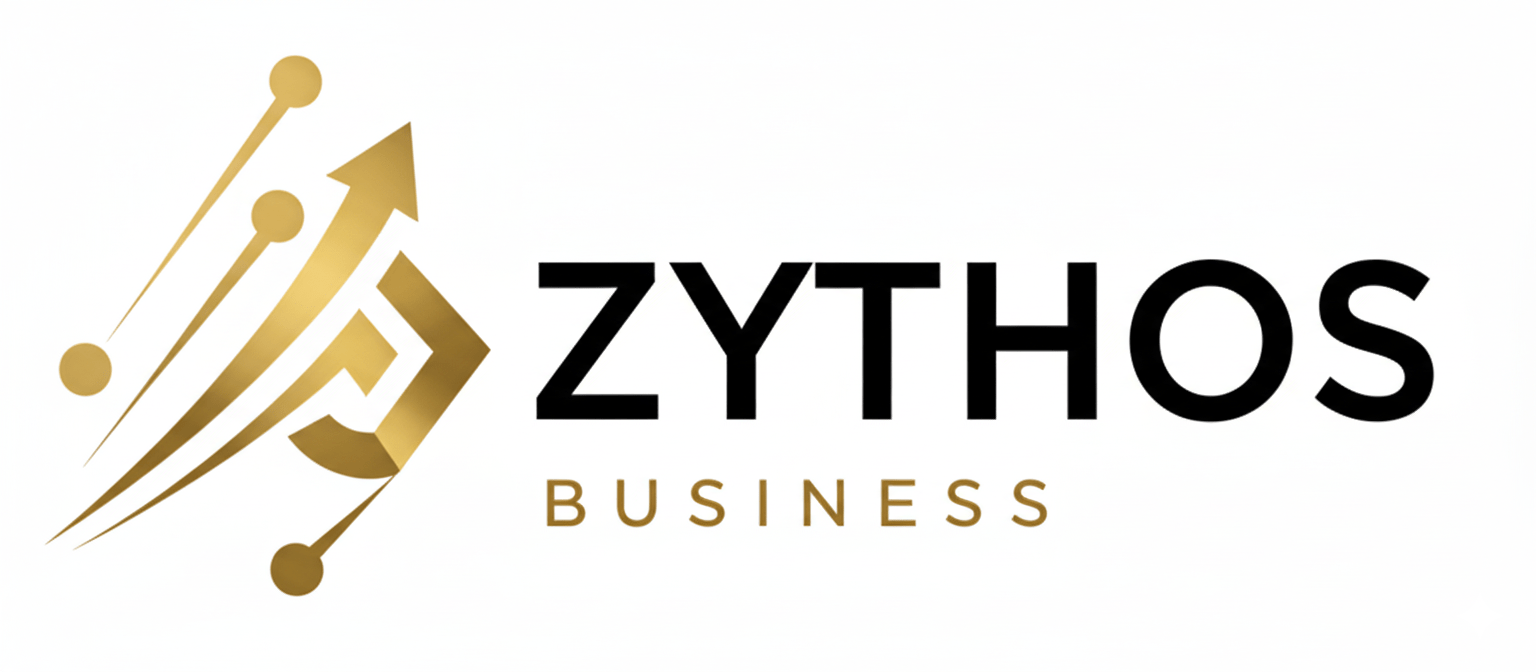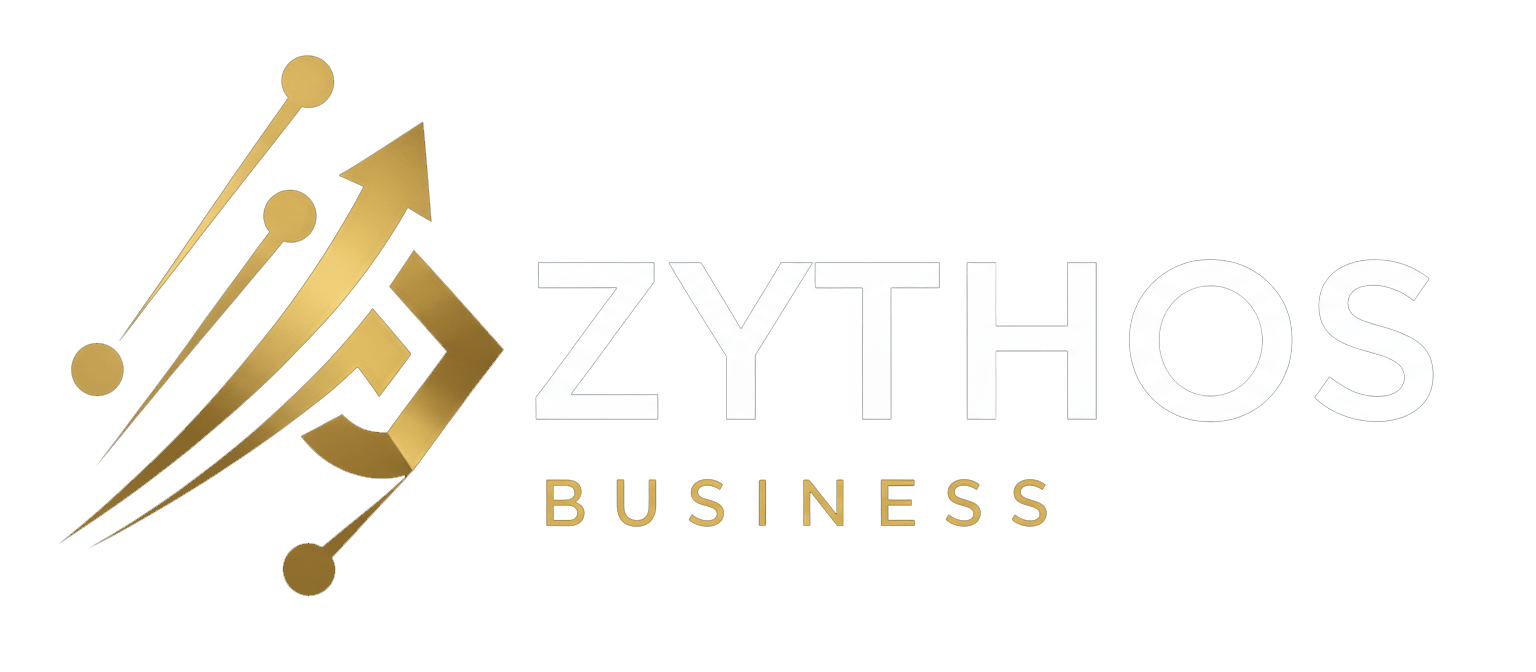For decades, the business tax compliance model has been based on a principle of deferred trust, commonly known as the “post-audit” model. In this paradigm, companies generate, send, and receive their invoices with operational freedom, and the tax authority reserves the right to review their validity and accounting after the fact, often months or even years after the transaction has occurred. The responsibility for ensuring accuracy and compliance rests entirely with the taxpayer.
This model has proven to be fundamentally flawed, creating an endemic fiscal gap that undermines public finances. The European Commission, in its 2023 report, estimated that the “VAT Gap”—the difference between expected and collected VAT revenues—amounted to €61 billion in the EU in 2021 alone. This colossal loss of revenue, attributable to a combination of fraud, evasion, avoidance, errors, and bankruptcies, directly impacts the ability of governments to fund essential public services like healthcare, education, and infrastructure.
The New Paradigm: Continuous Transaction Controls (CTC)
To combat this financial hemorrhage, tax administrations around the world are abandoning the “post-audit” model and adopting a new paradigm: Continuous Transaction Controls (CTC). CTC represents a radical philosophical shift: instead of “trust and verify later,” the new motto is “verify during (or before) the transaction.” Tax authorities are digitally inserting themselves into the flow of B2B transactions in real time.
This paradigm is not monolithic; it appears in several forms that will be explored in this report:
- “Clearance” (Pre-validation) Model: The strictest modality. An invoice is not legally valid until it is sent, validated, and “cleared” by the tax authority before it is sent to the recipient.
- Real-Time E-Reporting Model: Companies exchange invoices, but are required to report a subset of fiscal data to the tax authority immediately or almost immediately.
- Centralized vs. Decentralized Models: The system’s architecture—whether through a single government portal or an ecosystem of certified private providers—defines the taxpayer’s experience.
The Fragmented European Landscape: ViDA and Derogations
In the European Union, this transition is complicated by the existing legal framework. The VAT Directive (Articles 218 and 232) has historically protected the “post-audit” model and the freedom of parties to agree on the invoice format, requiring any Member State wishing to impose mandatory B2B e-invoicing to request a “community exception” or “derogation.”
The Commission’s “VAT in the Digital Age” (ViDA) initiative is the EU’s attempt to harmonize this landscape, promoting structured e-invoicing and “Digital Reporting Requirements” (DRR) across the bloc.
However, the current reality is a race of national implementations that are getting ahead of ViDA’s full entry into force. Countries like Italy, France, Poland, and now Spain, have requested or received individual derogations.
This has created the central paradox of tax compliance in Europe: while the long-term goal of ViDA is harmonization, the short-term result is fragmentation. Multinational companies face a mosaic of national CTC systems, each with its own technical rules, architectures, and reporting requirements. The challenge is no longer simply to “go digital,” but to navigate an incompatible compliance landscape.
This report analyzes the new Spanish model in depth, comparing its architecture, objectives, and challenges with the pioneering and emerging systems in Europe and Latin America, to provide a strategic guide for the financial and technology leaders who must pilot this transformation.
The Spanish Model: A Hybrid System of Controlled Interoperability
The Spanish B2B e-invoicing system, on the verge of implementation, is perhaps the most ambitious and complex in Europe. It is not a single model, but a synthesis of lessons learned from other countries, designed as a political compromise to simultaneously satisfy the needs of the tax agency, the private software market, and SMEs.
Its complexity stems from the convergence of two distinct legal frameworks, with different deadlines and objectives, which are often confused.
The Dual Legal Framework: The “Crea y Crece” Law vs. the Anti-Fraud Law (Verifactu)
For any company operating in Spain, the first challenge is understanding that it must comply with two parallel sets of digitization requirements:
- Law 11/2021 (Anti-Fraud) and RD 1007/2023 (Verifactu): This regulation focuses on the invoicing tool itself. Its goal is to ensure that the software used to generate invoices is “unfalsifiable.” It imposes strict technical requirements on IT systems, such as generating a chained-hash event log for each invoice, using a digital signature to guarantee integrity and authenticity, and including a QR code on invoices. This obligation applies to all businesses and professionals who use invoicing software, regardless of whether their clients are businesses or final consumers. The deadline for software developers to adapt their products is July 1, 2025.
- Law 18/2022 (“Crea y Crece”): This regulation focuses on the B2B invoicing process. Its stated objectives are the digitization of business relationships and, fundamentally, the fight against late payments. This law is what mandates the issuance and receipt of electronic invoices in relationships between businesses and professionals (B2B). It defines the exchange format and communication architecture.
Compliance in Spain is, therefore, a two-axis challenge. It is not enough to have Verifactu-compliant software (tool compliance) if it cannot generate and send a structured B2B invoice. Likewise, it is not enough to hire a B2B platform if the underlying accounting software that generates the records does not meet the Anti-Fraud Law’s requirements.
The System Architecture: A Three-Way Compromise
Unlike Italy’s “scorched-earth” model, which centralized everything in a single state portal, Spain has opted for a hybrid model designed to preserve the market and facilitate adoption.
- The Public Invoicing Solution: The state will provide a free platform for SMEs and freelancers to generate and send electronic invoices. This eliminates the cost barrier to entry, a key challenge for mass adoption.
- Private Platforms: The system is not a state monopoly. Companies can (and larger ones likely will) continue to use private e-invoicing platforms and EDI (Electronic Data Interchange) solutions. The preliminary regulation supports multiple syntaxes, including UBL, Facturae, XML CII, and EDIFACT.
- The Central Repository and Interoperability: Herein lies the genius (and complexity) of the model.
- Free Interoperability: The law mandates that all platforms, public or private, guarantee free interconnection and interoperability with each other. A customer on platform A must be able to send an invoice to a customer on platform B without additional cost for that interconnection.
- Universal Repository: Regardless of the platform used to issue or receive (public or private), all issuers must send a faithful copy of each invoice to the central public repository.
This design is an extraordinary political compromise. It achieves the Tax Agency’s goal (total visibility via the central repository), preserves the business of private software providers, and subsidizes SME adoption with a free tool. Its success will depend on the technical feasibility of implementing “free interoperability” on a national scale.
The Unique Requirement: Status Reporting and the Fight Against Late Payments
The most differentiating feature of the Spanish model is not the invoice itself, but its lifecycle. The primary goal of the “Crea y Crece” Law is to combat abusive payment terms.
To achieve this, the system is not just a fiscal CTC (Continuous Transaction Control), but a Cash-Flow CTC. The regulation establishes that invoice recipients must report to the issuer (and, by extension, to the central repository) on two crucial invoice statuses:
- Full commercial acceptance or rejection of the invoice and its date.
- Full effective payment of the invoice and its date.
This obligation transforms the invoicing system into an unprecedented tool for monitoring late payments. The Tax Agency will have a real-time database of the B2B payment behavior of all companies in the country. The implications of this go far beyond VAT collection, potentially affecting future access to public contracts, subsidies, or even corporate credit ratings. No other European model has placed the control of late payments at the center of its e-invoicing architecture.
Projected Implementation Timelines
The final deadlines are contingent on the final approval and publication of the regulatory development, which has gone through several public hearings. However, the timeline structure is clear and will be activated “in cascade” from that publication:
- Companies with annual turnover > €8 million: Will have one year from the regulation’s publication to adapt. Implementation is expected in 2026.
- SMEs and freelancers (turnover < €8 million): Will have two years from the regulation’s publication. Implementation is expected in 2027.
It is vital not to confuse these deadlines with those of the Anti-Fraud Law. The obligation for invoicing software to meet Verifactu requirements is much closer and non-negotiable: July 1, 2025.
Comparison: European “Clearance” (Fiscal Pre-validation) Models
The Spanish model, while innovative, does not emerge in a vacuum. It builds on the experience (and EU derogations) of other member states, each of which has chosen a different architectural path.
Case Study 1: Italy (The Mature Centralized Model)
Italy was the first EU country to implement mandatory B2B e-invoicing on a large scale in 2019, becoming the “case study” that justifies the wave of CTC in Europe.
- Architecture: A pure, 100% centralized “clearance” model.
- Platform: All invoices (B2G, B2B, and even B2C) must pass through a single state platform: the Sistema di Interscambio (SdI), managed by the Agenzia delle Entrate (the Italian tax agency).
- Flow: The issuer generates the invoice in the standardized XML format, called FatturaPA. It is sent to the SdI. The SdI validates it in seconds. If correct, the SdI delivers it to the recipient, and the invoice is considered legally issued. If incorrect (e.g., a wrong VAT ID), the SdI rejects it, and the invoice is considered not issued. Fiscal validation is, therefore, a prerequisite for the invoice’s legal existence.
- Impact: Italy’s success is the primary proof of CTC’s effectiveness. The European Commission’s 2023 report highlighted that Italy achieved a 10.7% reduction in its national VAT Gap. The Commission itself, when evaluating the extension of Italy’s derogation, acknowledged that the system has brought “effective results in the fight against tax evasion.”
- Challenges: The initial implementation posed significant challenges for SMEs, including “legal complexity” and “technical integration.” However, the European Commission now considers those “adaptation costs” to be “sunk costs,” and reverting the system would be detrimental.
Spain vs. Italy: Italy opted for architectural simplicity (one portal, one format) at the cost of destroying the existing invoicing software market. Spain has chosen a much more complex architecture (multiple portals, multiple formats) to preserve market flexibility and competition. The Italian model was disruptive and radical; the Spanish one seeks to be integrative.
Case Study 2: Poland (The “Clearance 2.0”)
Poland is developing what can be considered the next evolutionary step in fiscal control: a “closed-loop” system that links the invoice not only to the company but also to its payment.
- Architecture: A centralized “clearance” model, similar to Italy.
- Platform: The Krajowy System e-Faktur (KSeF), a central government repository. All invoices must be sent to the KSeF, which validates them, assigns a unique ID (KSeF ID), and stores them for 10 years.
- Timelines: After several delays to ensure system robustness, the new mandatory dates are: February 1, 2026, for large taxpayers (> PLN 200 million) and April 1, 2026, for all others.
- The Polish Innovation (The “Closed Loop”): Poland’s unique feature is the requirement to link the KSeF ID to payments. Starting in 2026-2027 (the exact dates for this function have been adjusted), B2B bank transfers must include the KSeF ID of the invoice they are paying in the transfer reference field.
Spain vs. Poland: Both systems seek to control the payment cycle, but their methods are opposite. Spain adds a layer of declarative reporting: the receiving company must inform that it has paid. Poland adds a layer of automated control: the tax authority intercepts bank data to automatically reconcile the invoice (in KSeF) with the payment (in the bank). The Polish model is fiscally more powerful, but also much more intrusive on daily business operations.
Case Study 3: France (The “Y” Decentralized Model)
France has chosen an architectural path radically different from Italy or Poland, opting for a decentralized or federated “clearance” model, known as the “Y” Model.
- Architecture: The “Y” Model is based on a mandatory public-private partnership.
- Flow and Platforms: Companies do not send their invoices directly to the government.
- PDP (Plateformes de Dématérialisation Partenaires): These are private platforms (like EDI providers) that must be accredited by the government. Companies must contract the services of a PDP to issue and receive invoices.
- PPF (Portail Public de Facturation): This is the public hub. Its function is not to act like an SdI (receiving all invoices), but as a “central directory” (Annuaire) and a data collector.
- The flow is: The issuer’s PDP validates the invoice, queries the Annuaire at the PPF to know where the recipient is registered, and sends the invoice to the recipient’s PDP. Simultaneously, the issuer’s PDP extracts the fiscal data from the invoice and sends it to the PPF for tax control.
- The Dual Requirement (Scope): The French system imposes two obligations:
- E-Invoicing: For all domestic B2B transactions.
- E-Reporting: A data reporting obligation for transactions not covered by e-invoicing, such as B2C and international B2B transactions.
- Timelines: Like Poland, France has also delayed its implementation: September 1, 2026, for large and medium-sized companies, and September 1, 2027, for SMEs.
Spain vs. France: Both models allow the use of private platforms, but the difference is fundamental. In Spain, private platforms are an option that competes with a free public solution. In France, private platforms (PDPs) are mandatory. In Spain, the public portal is the universal repository where all invoices must end up. In France, the public portal (PPF) is only a directory and a collector of fiscal data, not an invoice repository.
Comparison: The Origins of “Clearance” (Pioneering LatAm Models)
The European models, while seemingly revolutionary, are largely based on the “clearance” systems that Latin America pioneered over a decade ago, with Mexico and Chile leading the way.
Case Study 4: Mexico (The Ecosystem of Trusted Third Parties)
Mexico is the true precursor to the federated model that France is now adopting. Its Comprobante Fiscal Digital por Internet (CFDI) system is one of the most mature in the world.
- Architecture: A “clearance” model operated by trusted third parties.
- Platform (PAC): The government (SAT) does not receive invoices directly. Companies must send their invoices (in CFDI 4.0 XML format) to an Authorized Certification Provider (PAC), which is a private entity accredited by the SAT, analogous to the French PDPs.
- Flow (Stamping): The PAC validates the invoice against SAT rules (including, in version 4.0, pre-validation of the recipient’s tax data). If correct, the PAC adds a unique digital stamp called a “timbre fiscal” (digital stamp). An invoice without this stamp is legally void. The PAC then reports the stamped invoice to the SAT.
- The Mexican Innovation (Payment Control): Mexico solved the payment control problem years ago. If an invoice is issued with “Payment in Installments or Deferred” (PPD), it is not fiscally deductible. When the issuer receives the payment (or a partial payment), they are obligated to issue a new CFDI called a “Payment Complement” (Complemento de Pago). This new document links the payment to the original invoice. If the issuer doesn’t generate it, the recipient cannot deduct the expense.
Spain vs. Mexico: Mexico’s PAC model is the clear ancestor of France’s PDP model. Mexico’s “Payment Complement” is the solution that inspired Spain and Poland. While Mexico resolves payment control by creating a new auditable fiscal document, Spain resolves it with a status report.
Case Study 5: Chile (The State-Driven Model)
Chile, along with Mexico, is the other great pioneer, but with a more direct state-control approach. Its Electronic Tax Document (DTE) model dates back to 2003 (voluntary) and 2014 (mandatory).
- Architecture: A pioneering, centralized “clearance” model.
- Flow (Folio Control): The control of the Internal Revenue Service (SII) is absolute and begins before the invoice is even issued. Companies must request a “Folio Authorization Code” (CAF) from the SII, which is a batch of pre-authorized invoice numbers. When issuing a DTE (in XML format), one of these folios is assigned, it is digitally signed, and sent in real-time to the SII for validation. A document without a valid CAF or SII validation is null.
- The Chilean Innovation (SME Adoption): Chile understood the challenge of SME adoption back in 2005. To solve it, the SII created the “SII Free Invoicing System” (Portal MiPyme). This robust, free state platform eliminated the cost barrier and ensured mass adoption.
Spain vs. Chile: Spain’s “Public Invoicing Solution” strategy is a direct copy of Chile’s strategy. Both countries identified SME adoption as the main friction point and concluded that the State must provide a free tool to guarantee the success of the national rollout.
Strategic Analysis and Cross-Cutting Challenges
The transition to CTC is not a simple technological change; it is a fundamental reconfiguration of the relationship between companies, their trading partners, and the State.
Global Comparison Table of Models
To synthesize the complexity analyzed, the following table compares the key characteristics of the six jurisdictions:
| Feature | Spain (Crea y Crece) | Italy (SdI) | France (Y Model) | Poland (KSeF) | Mexico (CFDI) | Chile (DTE) |
| Model | Hybrid / Interoperable | Centralized “Clearance” | Decentralized “Clearance” (“Y”) | Centralized “Clearance” 2.0 | Decentralized “Clearance” (PAC) | Centralized “Clearance” (Folios) |
| Platform | Public (free) OR Private | SdI (Public, Mandatory) | PDP (Private, Mandatory) | KSeF (Public, Mandatory) | PAC (Private, Mandatory) | SII (Public) OR Private |
| Validation | Report to Universal Repository | Pre-validation (Clearance) by SdI | Pre-validation by PDP; PPF is directory | Pre-validation (Clearance) by KSeF | Pre-validation (Stamping) by PAC | Pre-validation (CAF Folios) by SII |
| Formats | UBL, Facturae, CII, EDIFACT | FatturaPA (XML) | UBL, CII, Factur-X | FA(3) (XML) | CFDI 4.0 (XML) | DTE (XML) |
| Scope | B2B (Crea y Crece) + B2C/B2B (Verifactu) | B2G, B2B, B2C | E-invoicing (B2B) + E-reporting (B2C, Intl.) | B2B (B2C optional) | B2G, B2B, B2C (CFDI) | B2G, B2B, B2C (DTE) |
| Payment Control | Yes (Status Report) | No (Directly) | No (Directly) | Yes (KSeF ID in Bank) | Yes (Payment Complement) | No (Directly) |
| Free SME Solution | Yes (Public Solution) | No (Market) | No (PDP Market) | No (Market) | No (PAC Market) | Yes (Portal MiPyme) |
The SME Challenge: Cost vs. Opportunity
For tax administrations, CTC is a net gain. For large corporations, it is an integration challenge. But for SMEs and freelancers, the transition presents a fundamental tension between cost and opportunity.
The challenges are clear and have been recognized in all jurisdictions: the need to invest with “tighter resources,” and the barrier of “legal complexity” and “technical integration.”
However, the benefits of forced digitization are also tangible: agility in collection cycles, a drastic reduction in human errors, elimination of printing and postage costs, and quick, organized access to invoice repositories.
The “free solution” strategy adopted by Chile and now by Spain is a public policy tool explicitly designed to overcome this friction. By subsidizing the compliance tool, the state removes the excuse of cost. However, this creates a two-tiered market: SMEs that will use the basic free solution, and medium-to-large companies that will pay for private platforms offering added value (ERP integration, data analytics, treasury management, etc.). The risk for SMEs is getting “trapped” in a basic compliance solution that doesn’t scale with their business.
The Future: Convergence Toward ViDA or Compliance Chaos
In the medium term, the outlook is uncertain. The EU’s ViDA initiative seeks harmonization and interoperability based on a common standard. However, the reality is that Member States (Italy, France, Poland, Spain) are building robust but incompatible national systems before ViDA is fully in force.
This is creating a “compliance hell” for multinational companies. A company based in Spain with operations in Europe will have to develop capabilities to simultaneously connect to the Spanish repository and report payment statuses, to the Italian SdI, to a French PDP for e-invoicing and e-reporting, and to the Polish KSeF.
The strategic conclusion is that value no longer lies in the software that creates the invoice, but in the global compliance platform that can abstract this complexity, offering a single management interface that connects, on the back end, to the multiple and varied national CTC systems.
Conclusion: Spain’s Position and Key Recommendations
Assessment of the Spanish Model: The Most Complex and Ambitious
The comparative analysis reveals that the Spanish model is, on paper, the most complex and ambitious in Europe. Spain has not chosen one model; it has chosen all of them.
It has built a “super-model” that attempts to take the best from every system:
- The centralized repository for total fiscal visibility (like Italy).
- The ecosystem of interoperable private platforms (like France/Mexico).
- The free public solution for SME adoption (like Chile).
- A unique payment control mechanism focused on late payments (an adaptation of the Mexico/Poland idea).
This attempt to satisfy all stakeholders simultaneously is its greatest strength and its greatest risk. The implementation of free interoperability will be a monumental technical challenge, and the confusion between the two laws (Verifactu and Crea y Crece) will be a significant communication hurdle.
Strategic Recommendations for Companies in Spain
For CFOs, administrators, and IT directors in Spain, the transition requires a four-pronged action plan:
- Immediate Priority (Q1-Q2 2025): Verifactu Compliance. The closest and firmest deadline is July 1, 2025. Companies must urgently audit all their invoicing software (ERPs, POS, accounting software) to ensure their providers will comply with RD 1007/2023. This is a tool obligation that cannot be postponed.
- Strategic Decision (2025): B2B Platform.This is the most important long-term decision.
- SMEs/Freelancers: They must choose between the “Free Public Solution” (advantage: zero cost; disadvantage: likely basic, no integration with accounting or ERP) or a low-cost private platform.
- Medium/Large Companies: The choice of a private platform must be based on new questions: Does the provider guarantee connectivity with all other platforms under the “free interoperability” mandate? Does it support the multiple formats (UBL, EDIFACT, etc.) that my clients or suppliers might use? How will its platform manage the payment status reporting?
- Internationalization: Companies with operations in the EU must not assume their Spanish solution will work in other countries. They must seek technology partners with demonstrated multi-country compliance capabilities, who understand the architectural differences between the SdI, KSeF, and PDPs.
- Focus on Process (A/P and A/R): The biggest mistake is to see this as an IT project. It is a re-engineering of administrative processes. Accounts Payable (A/P) departments will need to implement new procedures for “commercial acceptance” reporting. Accounts Receivable (A/R) and Treasury departments will need to monitor and report “effective payment.” This requires a review and automation of workflows that go far beyond the simple issuance of an invoice.








